Optimizing Agile Project Management with Azure DevOps
Project management and software development are being revolutionized by the collaboration tool known as Azure DevOps (ADO). We discussed the crucial understanding of work item kinds within ADO in earlier posts. Today, we focus on sprints, which are at the core of Agile project management. Teams may properly organize and track their work, ensuring that projects are carried out effectively, by utilizing sprints and optimizing boards.
Along the way, we’ll learn about sprint structure and setup, discover the power of boards and statuses, and investigate the evident advantages of utilizing tags. Let’s learn how to efficiently manage your items or projects with Azure DevOps.
Project management is only one aspect of the collaborative capabilities offered by Azure DevOps. Project managers discover it connects with their needs, but consultants and users in a variety of roles also find the platform to be very valuable. Different stakeholders, such as business analysts, product owners, and end users, are able to actively participate in the project lifecycle thanks to the variety of work item types within ADO. The tool supports fluid teamwork and collaboration from requirement gathering to testing. Adopting ADO includes adopting a flexible and effective platform for collaboration that supports the entire project environment.
The duration and structure of sprints in Azure DevOps are extremely important to the outcome of the project. Sprint lengths can differ significantly between project teams. We discovered that three-week sprints work effectively in the position of consulting partner. This window of time permits two weeks for development and configuration work, followed by an additional week for a more seamless deployment to UAT and production. However, as an end user, sprints every month seem to be preferred. Monthly sprints offer a clearer picture of what can be accomplished in a month and better align with the business’ perspective. The time of each sprint is determined by the type of project, the team’s agility, and the speed at which the client conducts testing and feedback. Successful project outcomes depend on effective teamwork and a well-planned sprint cadence.
To maximize testing, deployment, and team productivity in Azure DevOps, it’s crucial to choose the right sprint duration. Three-week sprints achieve a balance, allowing for easier client engagement and more flexible deployment options, in contrast to two-week sprints, which may lead to testing being crammed in at the last minute. Starting sprints in the middle of the week also has advantages for aligning with team schedules and avoiding conflicts with Monday holidays. Configuring sprints in ADO is crucial and necessitates careful planning to prevent future issues. Teams can effectively track and manage work by setting up sprints in ADO, which also offers a reporting advantage based on specified dates for improved project monitoring and management.
Users of Azure DevOps have access to a variety of views for efficient project management. As an illustration, there are two ways to visualize the current sprint:
- Select the current sprint in the Boards display filter.
- Use the Task Board in the Sprint view to see a detailed breakdown of all active work items.
Because ADO is flexible and doesn’t take a one-size-fits-all approach, users can customize their workflows to fit their jobs and project needs. Project managers also have a tree-like structure to prioritize and arrange work in the backlogs view. ADO demonstrates its adaptability, responding to individual tastes and raising project efficiency with a variety of ways to visualize and organize work tasks.
Azure DevOps statuses are used as the board columns. Users are able to add more state categories to track the advancement of their needs or user stories, even though several fundamental state categories, such as “new,” “active,” “resolved,” and “closed,” are built into the system and cannot be deleted. Different team roles may favor certain views, such as user stories or tasks. In order to support efficient cooperation and project monitoring, it is also critical to create distinct status categories and their meaning within the team. Teams within ADO can improve their work processes and increase overall efficiency by customizing board views and status categories.
The addition of tags to Azure DevOps’ status categories improves project tracking. In this approach, you may reserve tags for particular cases that call for more information while keeping status categories more general to prevent overloading team members. Without having to create several status categories, tags provide a flexible way to capture additional information, ensuring simplicity and ease of adoption within the team. Tags are simple to query and offer useful data for reporting and decision-making. Additionally, keep your tag usage consistent for optimal efficiency and organization. Teams may efficiently manage work items, promote collaboration, and streamline project workflows inside ADO by utilizing tags together with status categories.
Azure DevOps is a potent and adaptable collaboration solution that transforms software development and project management. In this blog series, we have looked at the fundamentals of work item types and sprints, the core of Agile project management. Teams can effectively plan and monitor their work by utilizing boards and tags, streamlining sprints, and assuring smooth project execution. In order to facilitate seamless interaction and collaboration throughout the project lifecycle, ADO caters to a variety of roles and stakeholders. ADO increases overall productivity by adapting to user preferences and project requirements with customizable displays and status categories. Organizations may successfully manage their goods or projects by embracing Azure DevOps and a dynamic collaboration platform.
Check out our podcasts on the same topic:
- Ep 23 – All About Azure DevOps, part 1
- Ep 24 – Azure DevOps series, Episode 2: Sprints & Boards
- Ep 25 – Azure DevOps series, Episode 3: Best Practices, User Adoption & Challenges
Our Azure DevOps blog series wraps up next week discussing how to get your users to actually use Azure DevOps properly and tips and tricks we’ve learned along the way!

Recent Comments